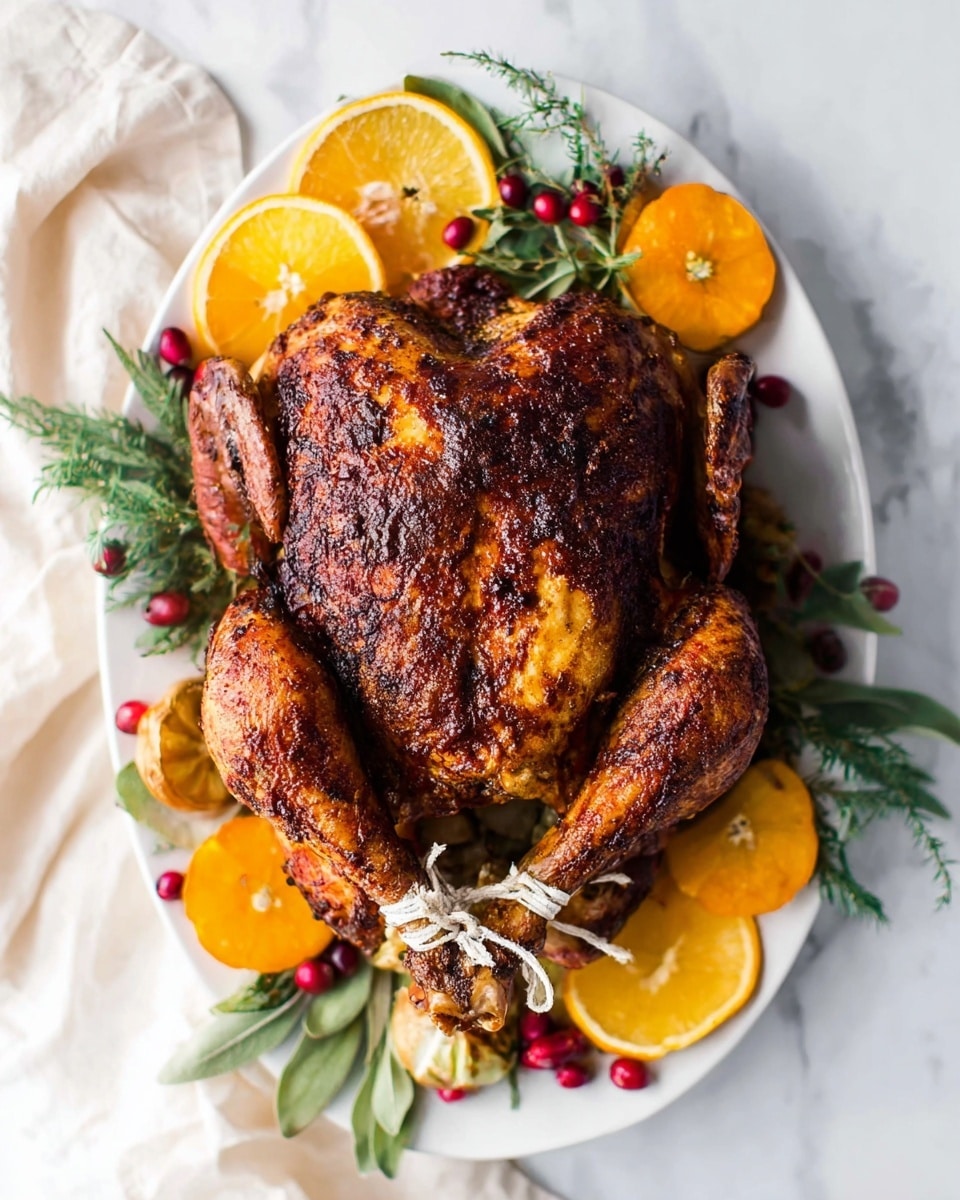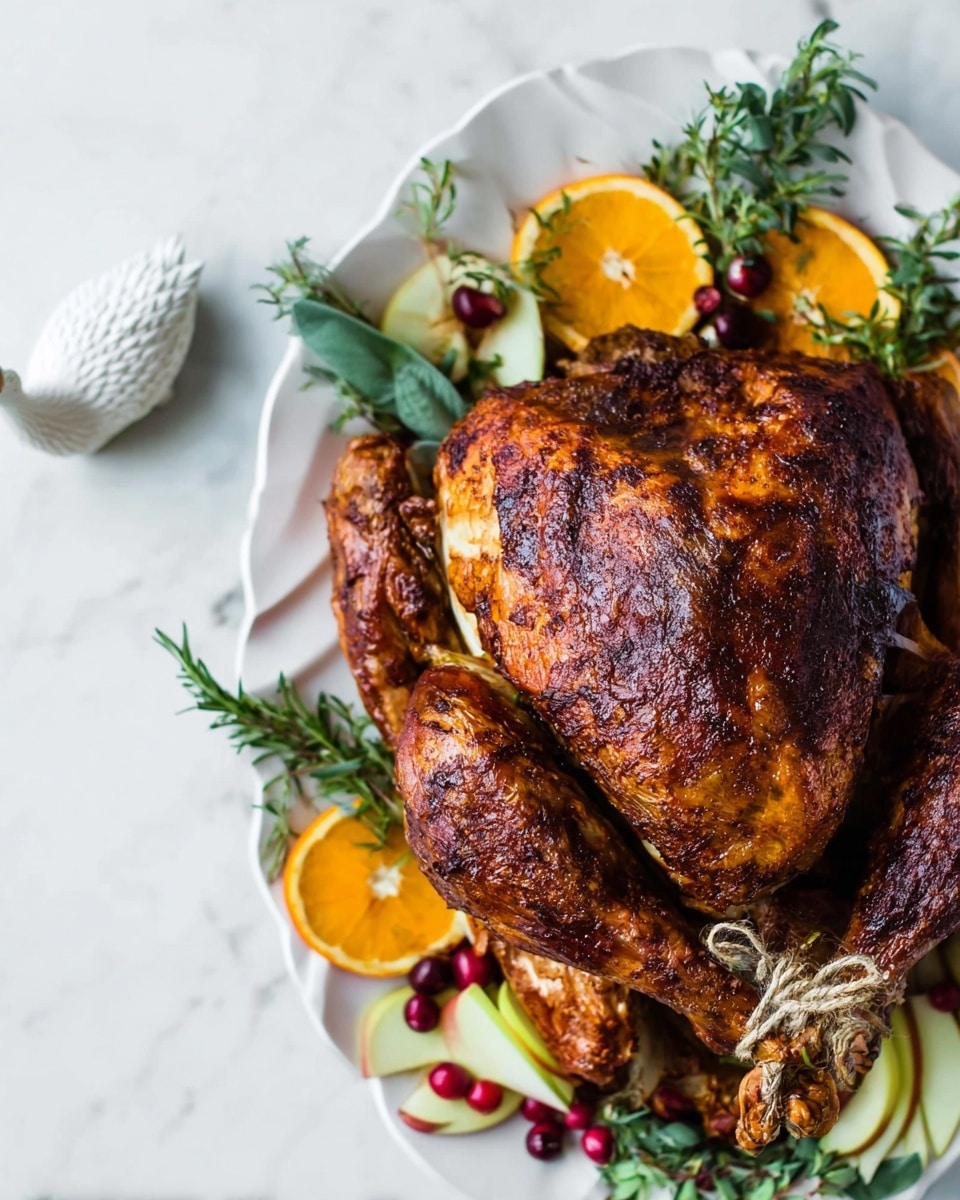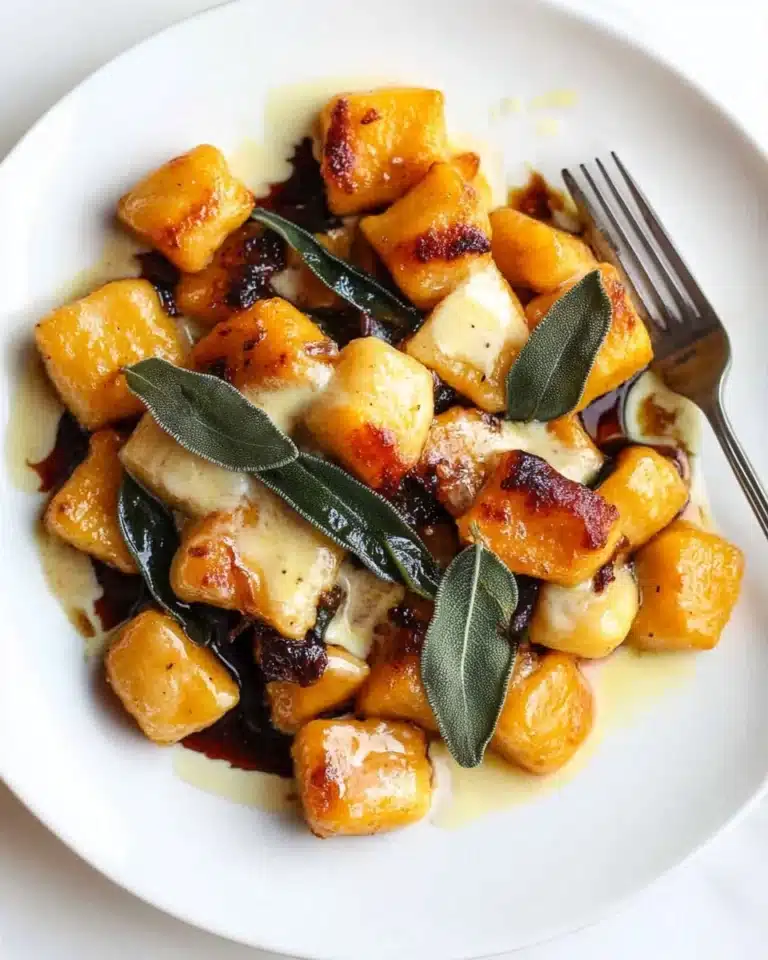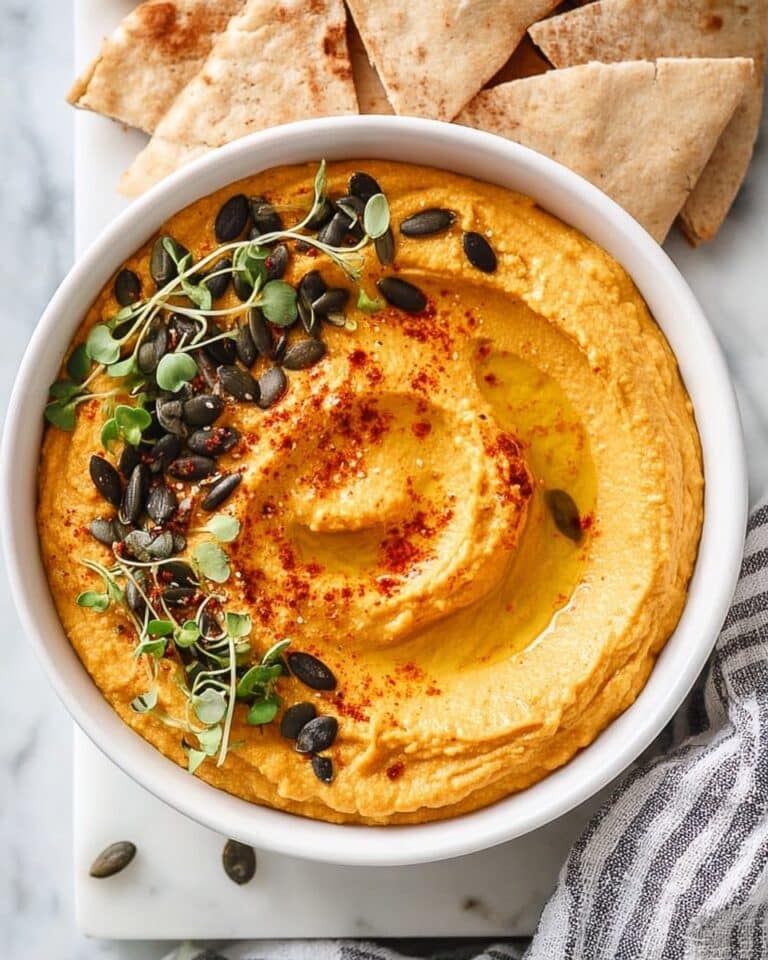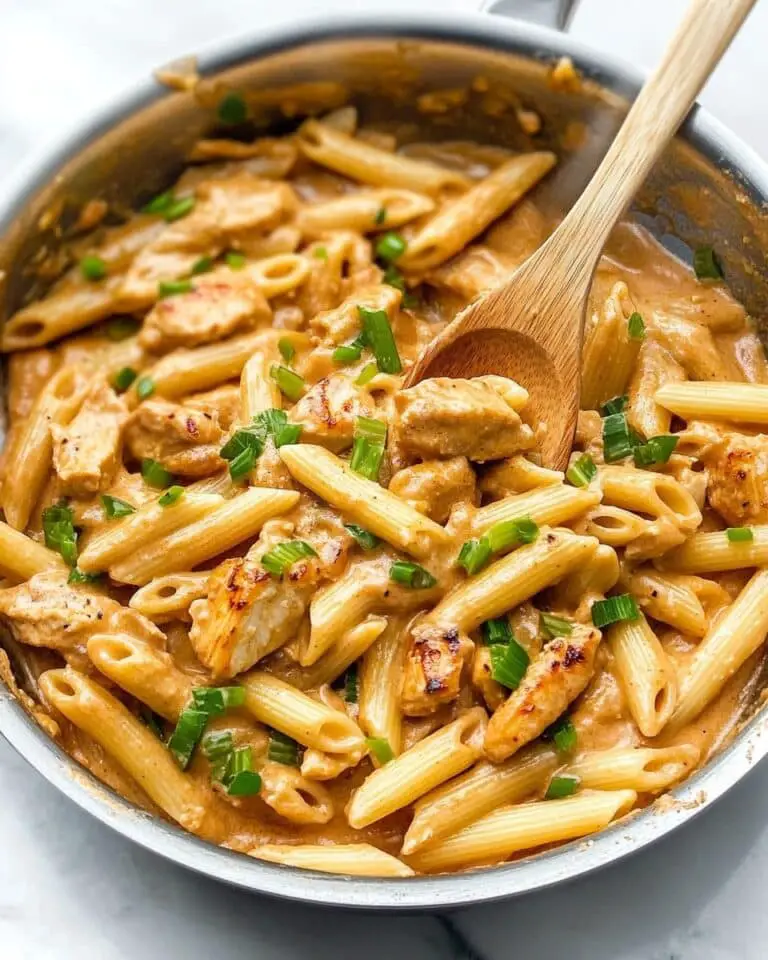I have to tell you, The Best Fried Turkey Recipe is an absolute game-changer when it comes to holiday dinners, backyard celebrations, or any time you want to impress your guests with juicy, flavorful turkey and that irresistible crispy skin. When I first tried frying a turkey, I was nervous—plus it felt a little intimidating handling that big pot of hot oil. But once I nailed this recipe, it became my go-to every year. You’ll love how easy the process really is, especially with the flavorful injection marinade and spice rub that make this bird sing. Stick with me—I’ll walk you through everything you need to get that perfect, golden, crispy fried turkey every time!
Why You’ll Love This Recipe
- Incredible Flavor: The injection marinade infuses every bite with rich, savory goodness you can taste all the way through the meat.
- Perfectly Crispy Skin: Thanks to the slow oil heating and spice rub, the skin turns golden and crunchy without drying out the turkey.
- Juicy & Tender: This method locks in moisture better than roasting, so your turkey stays juicy from the first slice to the last.
- Simple & Foolproof: Follow these steps and tips, and you’ll see how approachable frying a turkey really is—even if it’s your first time.
Ingredients You’ll Need
These ingredients come together beautifully to create a turkey that’s bursting with flavor and a perfectly balanced, spiced crust. The peanut oil is essential here because of its high smoke point, making it perfect for frying this big bird safely and evenly.
- Large turkey (under 18 lbs): Choose a fresh or fully thawed bird to ensure even cooking without oil temperature drops.
- Peanut oil: This oil withstands high heat without burning, which is key for frying poultry.
- Chili powder, paprika, garlic salt, onion salt, seasoning salt, fresh ground pepper: These spices combine for a smoky and savory rub, giving the skin unforgettable flavor.
- Melted butter and oil (canola or vegetable): They add richness and help the rub stick to the turkey’s skin.
- Worcestershire sauce: A secret weapon in the injection that adds umami depth.
- Water and fresh lemon juice: These brighten the marinade and balance the richness.
- Ground sage, dried thyme, garlic salt, onion salt: Classic herbs that complement the turkey beautifully.
Variations
While I adore the classic flavor profile of this fried turkey recipe, I also love making little tweaks depending on the occasion or what I have on hand. Feel free to make this recipe your own!
- Spicy Kick: I sometimes add cayenne pepper to the rub when I want a little heat—my family goes crazy for it!
- Herb-Forward: Swapping dried thyme for rosemary gives the turkey a piney aroma that’s lovely in the fall.
- Smoky BBQ Touch: Incorporate smoked paprika and a bit of chipotle powder for a smoky BBQ twist that’s perfect for backyard parties.
- Butter-Free: If you’re avoiding dairy, just use extra oil instead of melted butter in the injection marinade.
How to Make The Best Fried Turkey Recipe
Step 1: Prepare and Inject Your Turkey
First things first: make sure your turkey is completely thawed. I can’t stress this enough—partially frozen turkey can cause the oil to sputter dangerously. Rinse your turkey and pat it dry thoroughly. Then, mix together your injection marinade ingredients (butter, oil, Worcestershire sauce, water, lemon juice, herbs, and salts). Using a meat injector syringe, poke just one hole per section of the turkey and inject the marinade slowly, moving the needle around under the skin and into the breast and thigh areas. This little trick ensures every bite is juicy and flavorful without damaging the skin with too many holes.
Step 2: Apply the Spice Rub and Refrigerate
Combine all your dry spices for the rub in a bowl and generously rub the mixture all over the turkey’s skin, inside the cavity, and importantly, under the skin itself. This step is what adds that irresistible crispy, flavorful crust. Wrap your turkey tightly in cling wrap and pop it into the fridge for at least one hour—though overnight or even 24 hours is best if you can wait. I learned that longer marinating time really deepens the flavors.
Step 3: Prepare Your Frying Setup Carefully
Before heating your oil, fill your fryer pot with water—just up to the first fill line. Fully submerge your turkey (sealed in an airtight bag for safety) into the water. This helps you gauge exactly how much oil you need without risking overflow or spillage when the turkey goes in. Mark this waterline and dry the pot completely before pouring in that peanut oil. Preheat your oil slowly to 275°F (135°C). This slow start helps avoid big temperature swings once the turkey is added.
Step 4: Fry the Turkey to Perfection
Remove your turkey from the fridge and unwrap it, then pat it dry once more. When the oil hits 275°F, carefully lower the turkey into the pot using your fryer’s hook or hanger. Be sure to wear long sleeves and heat-resistant gloves to protect against any oil splatter. Once the turkey is submerged, insert a thermometer probe into the thickest part of the thigh without touching bone, close the lid, and raise the heat to 325°F (163°C). Maintain this temp and cook until the internal temperature reaches 165°F (74°C) — usually around 3.5 to 4 minutes per pound. After cooking, let the turkey rest 20 to 30 minutes before carving to allow juices to redistribute nicely.
Pro Tips for Making The Best Fried Turkey Recipe
- Dry the Turkey Thoroughly: Moisture causes oil to splatter. I always pat my bird extra dry and even let it air dry a bit before frying.
- Use a Turkey That Fits Your Pot: I learned the hard way that bigger than 18 lbs won’t fit safely! Keep it under 18 lbs for safety and ease.
- Don’t Rush the Oil Temp: Preheat slowly to 275°F to avoid sudden drops in oil temperature and greasy skin.
- Safety First: Never leave hot oil unattended, and always fry outside or in a well-ventilated area away from flammables.
How to Serve The Best Fried Turkey Recipe
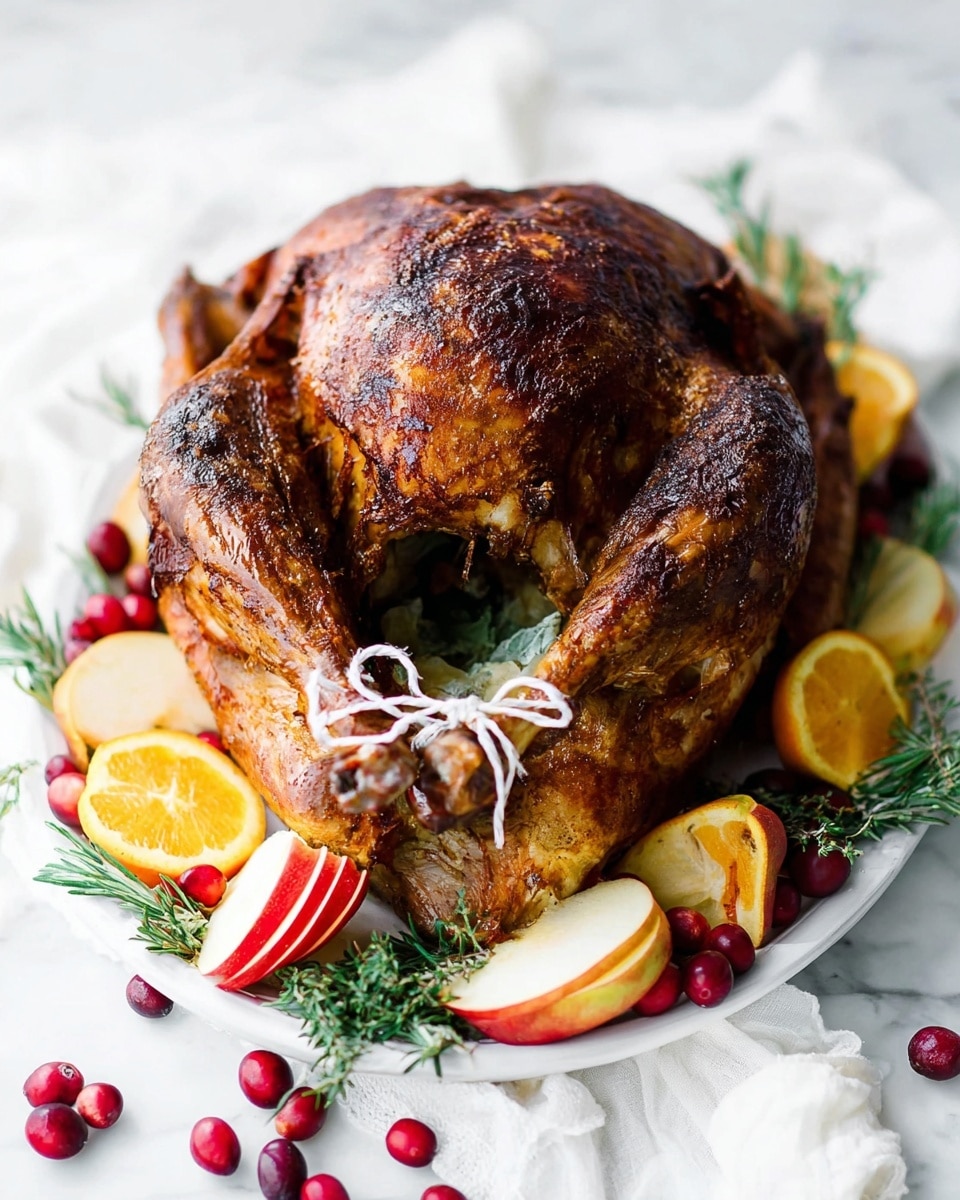
Garnishes
I love serving this fried turkey with a sprinkle of fresh parsley and a few lemon wedges on the side. The bright citrus cuts through the richness and adds a fresh pop of color. For a rustic look, you can also add some rosemary sprigs or thyme sprigs around the platter—they offer a fragrant touch that’s just perfect for festive gatherings.
Side Dishes
My family and I often pair this turkey with classic mashed potatoes, creamy green bean casserole, and buttery corn on the cob. Don’t forget some tangy cranberry sauce or an autumn apple chutney to balance the flavors. Trust me, it all comes together like a dream!
Creative Ways to Present
For holiday dinner presentations, I love placing the fried turkey on a large wooden cutting board surrounded by roasted root vegetables and herbs. It creates a beautiful rustic centerpiece that invites guests to dig in. Another fun idea is to carve the turkey first and arrange the slices in a fan shape around a mound of stuffing or mashed potatoes for easy serving.
Make Ahead and Storage
Storing Leftovers
I always cool my leftover fried turkey to room temperature, then wrap it tightly in plastic wrap and store it in the fridge. This keeps the meat moist and flavorful for up to four days. It’s amazing how well the flavors hold up, even after refrigeration!
Freezing
If you want to save turkey for longer, slice it into portions and freeze in airtight containers or freezer bags. I’ve found that freezing works best when you remove as much air as possible to avoid freezer burn. Frozen turkey keeps its flavor well for up to three months.
Reheating
To bring leftover fried turkey back to life, I reheat it in the oven at 325°F, covered loosely with foil for about 20 minutes. This method keeps the meat juicy without drying out the skin too much. If you want to refresh the crispy skin, a few minutes under the broiler at the end works wonders.
FAQs
-
Can I fry a frozen turkey?
Absolutely not! Frying a frozen or partially frozen turkey is very dangerous because the ice causes hot oil to splatter or boil over. Always make sure your turkey is completely thawed and dry before frying.
-
What size turkey should I use for frying?
The best size for frying is a turkey under 18 pounds. Bigger turkeys don’t fit safely in most home fryers and can be hazardous during cooking.
-
How long does it take to fry a turkey?
Plan on about 3.5 to 4 minutes per pound at 325°F until the turkey’s internal temperature reaches 165°F. So, a 15-pound bird will need roughly an hour.
-
Is peanut oil necessary for frying turkey?
Peanut oil is the preferred choice because it has a high smoke point and a neutral flavor, making it perfect for frying. However, if you have allergies or prefer alternatives, canola or vegetable oil with a high smoke point can work.
Final Thoughts
Honestly, once you try The Best Fried Turkey Recipe, you’ll find it hard to ever go back to roasting the same way again. I remember the first time I served this to my family—they were stunned by how juicy and flavorful the meat was, and the crispy skin was downright addictive. This recipe brings both ease and wow factor to the table, and with the safety tips and steps here, you can fry your turkey with confidence too. So grab your oil, unwrap that bird, and get ready to feast like never before—your taste buds (and your guests) will thank you!
Print
The Best Fried Turkey Recipe
- Prep Time: 1440 min
- Cook Time: 45 min
- Total Time: 1485 min
- Yield: 22 servings
- Category: Main Course
- Method: Frying
- Cuisine: American
Description
This is an exceptional recipe for the best fried turkey, featuring a flavorful injection marinade and a perfectly seasoned rub. It delivers a juicy, crispy, and deeply savory turkey that’s ideal for special occasions and family gatherings. Detailed step-by-step instructions ensure your turkey turns out moist inside with a beautifully crisp exterior.
Ingredients
Turkey and Oil
- 1 large turkey (under 18 lbs)
- 3 gallons peanut oil
Injection Marinade
- 1/4 cup melted butter
- 1/4 cup oil (canola or vegetable)
- 3 tbsp Worcestershire sauce
- 1/4 cup water
- 1/2 large lemon (fresh, squeezed)
- 1 teaspoon ground sage
- 1 teaspoon dried thyme
- 1 teaspoon garlic salt
- 1 teaspoon onion salt
Dry Rub
- 1 tbsp chili powder
- 1 tbsp paprika
- 1 tbsp garlic salt
- 1 tbsp onion salt
- 1 tbsp seasoning salt
- 1 teaspoon fresh ground pepper
Instructions
- Thaw and Prepare Turkey: Ensure your turkey is completely thawed, then rinse it thoroughly and pat dry with paper towels to remove excess moisture.
- Inject Marinade: Combine all injection marinade ingredients and fill a syringe. Poke a small hole into the turkey and insert the needle to inject the marinade into different parts of the bird, moving the needle around to distribute the flavors evenly, while making as few holes as possible.
- Apply Dry Rub: Mix the dry rub spices together and apply generously all over the turkey’s surface, inside the cavity, and under the skin to ensure maximum flavor absorption. Wrap the turkey tightly in cling wrap and refrigerate for at least 1 hour, preferably up to 24 hours for deeper flavor.
- Prepare Oil and Pot: When ready to fry, fill the pot with water up to the first fill line. Place the turkey in a large airtight bag and submerge it into the water to gauge the oil level needed to fully cover the turkey without causing overflow. Mark this water line. Remove turkey and dry the pot.
- Add and Heat Oil: Pour peanut oil into the pot up to the marked fill line. Preheat the oil over medium heat to 275°F (135°C) initially.
- Dry Turkey: Remove the cling wrap and pat the turkey dry one more time to minimize oil splatter during frying.
- Lower Turkey into Oil: Wearing heat-resistant gloves, carefully lower the turkey into the hot oil using a hanger or hook to avoid burns and oil splatter.
- Fry the Turkey: Insert a thermometer probe into the turkey and cover the pot. Increase the oil temperature to 325°F (163°C). Cook the turkey in the hot oil until the internal temperature reads 165°F (74°C), ensuring food safety.
- Rest and Serve: Carefully remove the turkey from the oil and let it rest for 20-30 minutes before carving. This allows juices to redistribute and results in a moist, flavorful turkey.
Notes
- This recipe yields a life-altering fried turkey experience, arguably the best you’ll ever taste.
- Use a turkey under 18 lbs for safe frying and consistent cooking.
- Always thaw the turkey completely before frying to avoid dangerous oil splattering.
- The injection marinade helps keep the meat juicy and flavorful deep inside.
- Keep an eye on oil temperatures for best results and safety—the ideal frying temperature is 325°F.
- Resting the turkey after frying is crucial for optimal moisture retention.
- Wear protective gloves and use proper equipment to avoid burns from hot oil.
Nutrition
- Serving Size: 1 serving
- Calories: 211 kcal
- Sugar: 1 g
- Sodium: 480 mg
- Fat: 11 g
- Saturated Fat: 3 g
- Unsaturated Fat: 7 g
- Trans Fat: 0 g
- Carbohydrates: 1 g
- Fiber: 1 g
- Protein: 25 g
- Cholesterol: 90 mg

